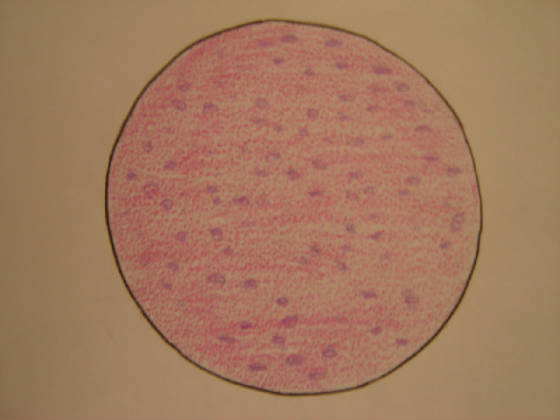|
The pituitary gland is a pea sized part of the endocrine system that is situated at the base of
the brain. It secretes hormones which regulated various bodily actions, including those that stimulate other endocrine glands.
The pituitary gland is divided into two sections, the anterior and posterior lobe. The posterior lobe is attached to a part
of the brain called the hypothalamus, which produces oxytocin and antidiuretic hormone (ADH) and send them to the posterior
lobe for storing. The anterior lobe however, produces several hormones including Thyroid Stimulating Hormone (TSH), which
stimulates the thyroid gland to produce and release thyroid hormones; Growth Hormone (GH), which regulates metabolism and
growth; Adrenocorticotropic Hormone (ACTH), which activate the release of cortisol for regulation of metabolism and blood
pressure; Luteinizing Hormone (LH) and Follicle-Stimulating Hormone (FSH), which control the production of sex hormones; and
Prolactin, which stimulates the production of breast milk. In between the two lobes in many animals is an intermediate lobe,
which is found as a thin layer of cells in adult humans. This lobe produces Melanocyte-Stimualting Hormone (MSH), which is
responsible for the regulation of melanin in the skin. However, this intermediate lobe is hard to distinguish from the anterior
lobe and thus, MSH is attributed with the anterior pituitary.
|






